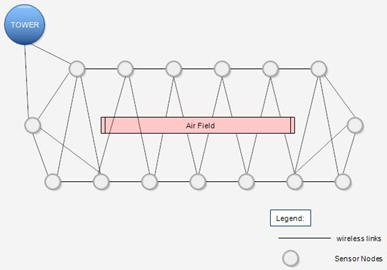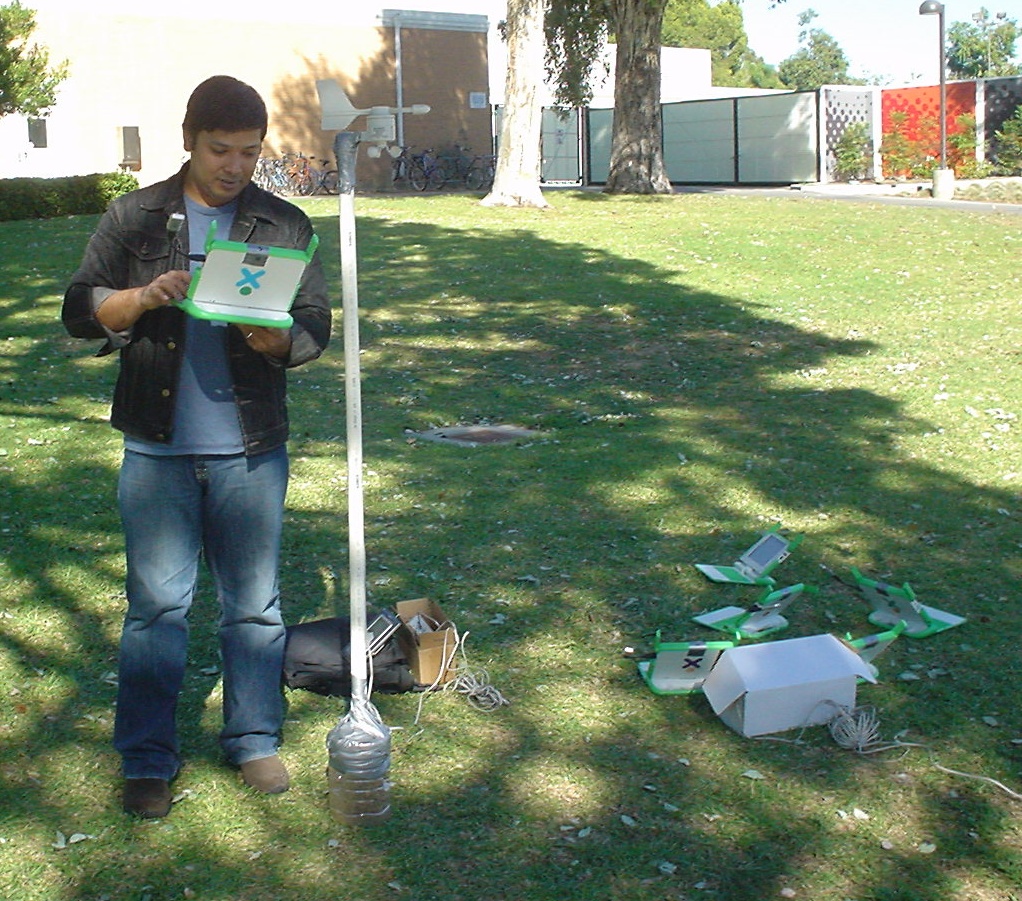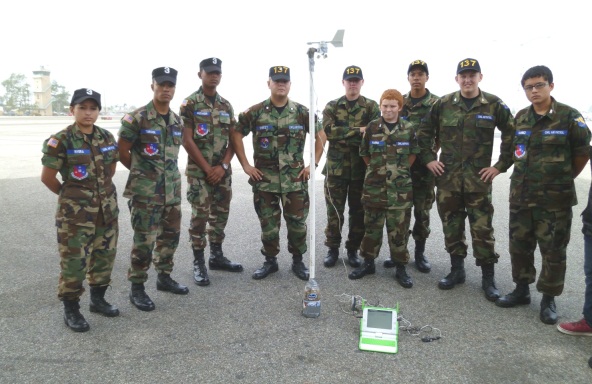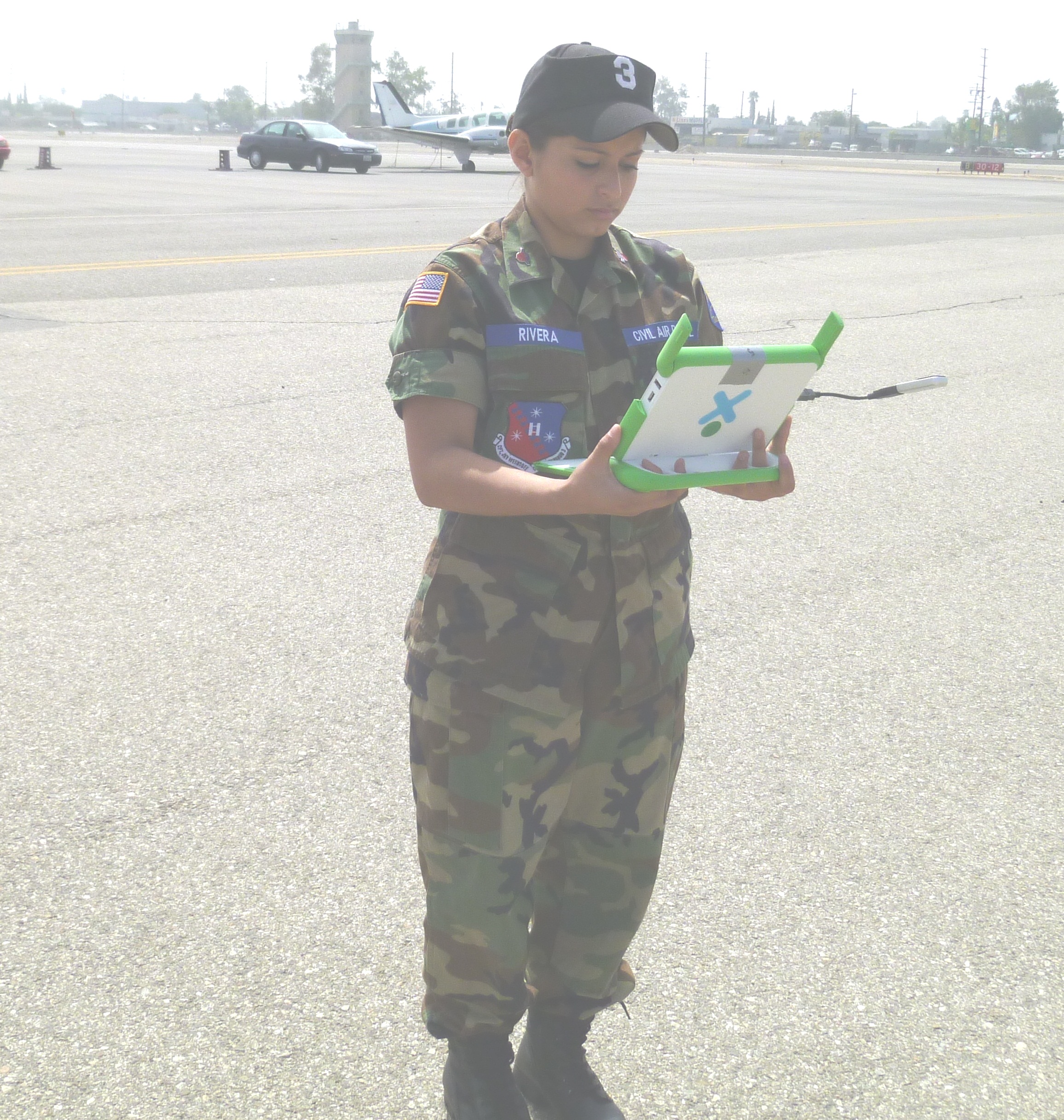
The Wind Shear Project
The goal of this project was to produce an inexpensive yet highly reliable system for detecting wind shear at small and improvised airfields. A small demonstration system consisting of five nodes was produced and tested both on campus and at a local airport.
A longer paper on this project is available at the link below. For copyright reasons, it may not be reproduced in its entirety, not even by the authors.
http://ieeexplore.ieee.org/xpls/abs_all.jsp?arnumber=6187319&tag=1
Wind shear has proven to be such a serious problem for
aviation that authorities in the USA and other countries have mandated wind
shear detection systems for air transport operations. Unfortunately for large
segments of the aviation community, only the largest airliner-served airports
have this life-saving capability. The vast majority of places where aircraft
land, whether busy feeder and relief airports, small-town general aviation
airports, backcountry airfields or improvised landing areas used by
military and disaster relief operations
do not now and never will have the multi-million dollar high-maintenance systems
that protect the major airliner operations. The objective of this project is to
provide a highly-reliable yet inexpensive and easily deployed system for giving
small operators the same sort of information that has proven to be life-saving
in well-funded air transport operations.

RAIS topology. Nodes connect to as many other nodes as
are in range. Multi-hopping allows data transfer between nodes that cannot
connect directly to each other. The tower node also connects to as many machines
that are in its range. Nodes on the approach path, not shown, would provide the
most critical data to a landing aircraft.

Bhuiyan Muhaimeen

Civil Air Patrol cadets testing the system on Whiteman Field near Los Angeles

Civil Air Patrol Cadet Rivera discovering the maximum range for a node on Whiteman Field